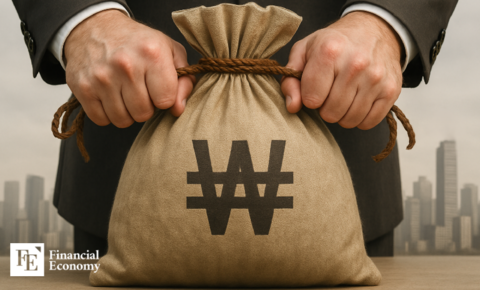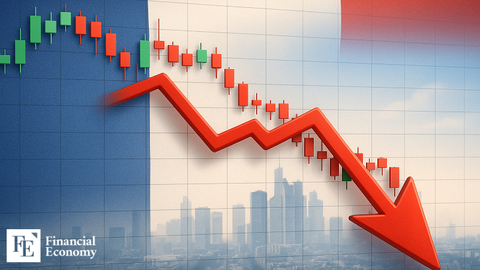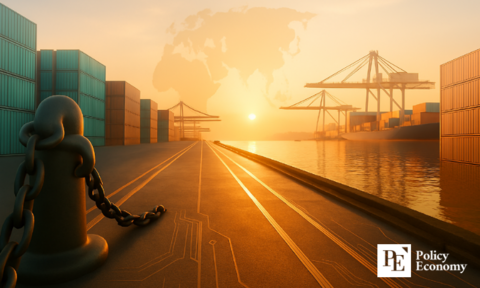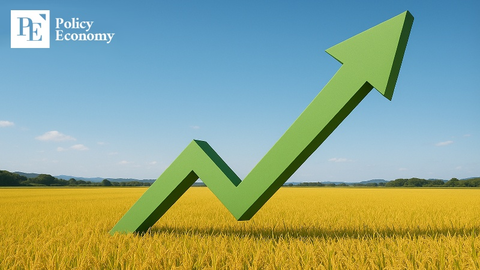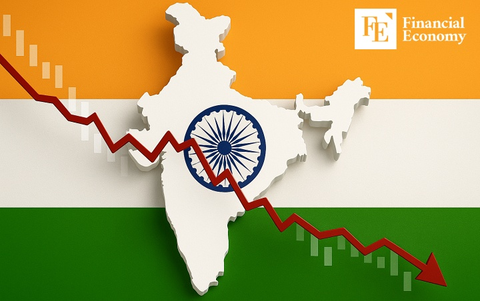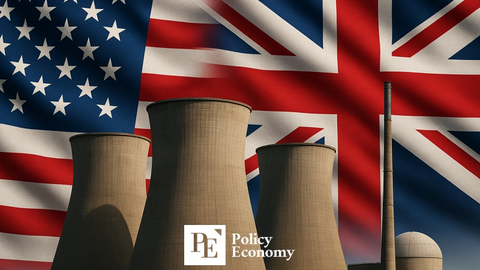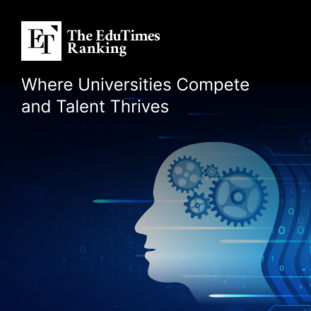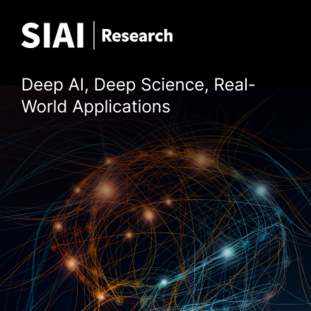Powell: 'Tariffs Worse Than Worst Expectations' — Trump’s Tariff War Triggers Stagflation Shock with High Inflation and Low Growth
Input
Modified
From ‘Temporary Impact’ to ‘Growth Slowdown’: Powell Shifts View on High Tariffs Stagflation Warning Lights Flash — Dual Shock to Growth and Inflation Foreseen Tariff War Casts Shadow Over Global Economy — Not Just a U.S.-China Issue
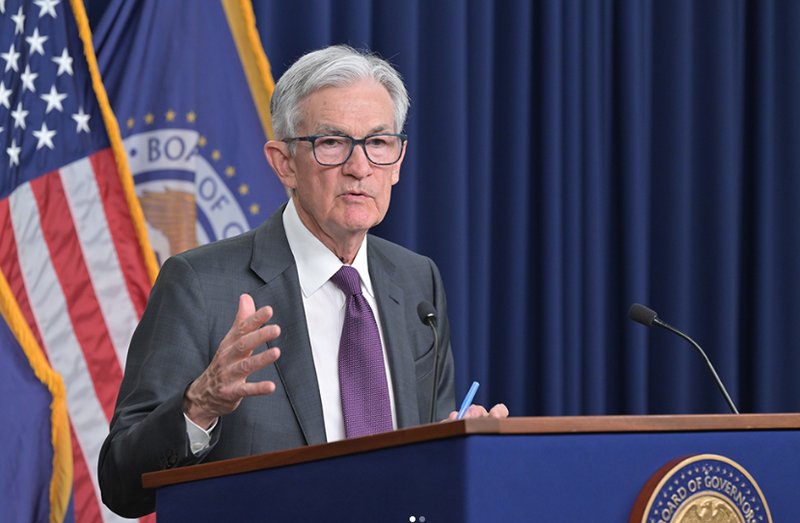
President Donald Trump’s high-stakes tariff war is sending ripples through the global economy—and now, the Federal Reserve is sounding the alarm. What began as a bold effort to bring China to the negotiating table through aggressive trade measures is increasingly being seen as a self-inflicted wound. At the center of the concern is Federal Reserve Chair Jerome Powell, who has publicly reversed his earlier position and warned that the current trajectory of trade policy could steer the U.S. economy into dangerous territory.
Once considered a temporary disruption, tariffs are now being blamed for fueling inflation, suppressing growth, and potentially ushering in a prolonged period of stagflation—a rare and painful mix of high prices and economic stagnation. As Wall Street grows increasingly anxious and consumers brace for costlier goods, Powell’s latest remarks make clear that the consequences of this trade conflict are no longer theoretical—they're unfolding in real time.
From Temporary Concern to Economic Alarm
Federal Reserve Chair Jerome Powell has significantly shifted his stance on the Trump administration’s tariff policies. Once insisting the effects would be short-lived, Powell now warns that steep tariffs are triggering a worrying combination of rising prices and slowing economic growth. His remarks, delivered during a speech at the Economic Club of Chicago on the 16th, reflect deepening concerns over the economic direction the U.S. is heading under the weight of trade tensions.
Powell noted that the level of tariff hikes imposed so far has exceeded expectations—and the economic fallout may follow suit. Higher inflation and weaker growth are now looming, he cautioned, putting the Federal Reserve’s dual mandate of price stability and maximum employment in direct conflict. “Tariffs are very likely to cause a temporary increase in inflation at the very least,” he said. In such a scenario, the Fed’s ability to fine-tune the economy through interest rate adjustments becomes compromised.
“Our tools can only effectively address one of the two mandates at any given time,” Powell explained, pointing to a dilemma: curbing inflation may come at the cost of jobs, and stimulating employment might worsen inflation. For now, he maintained that it’s too early to make any policy moves, stating that more clarity is needed before considering changes to interest rates. Still, the concern is mounting. Powell admitted that consumers could soon face higher prices, while businesses may be forced to cut back on hiring—if not reduce their workforce altogether.
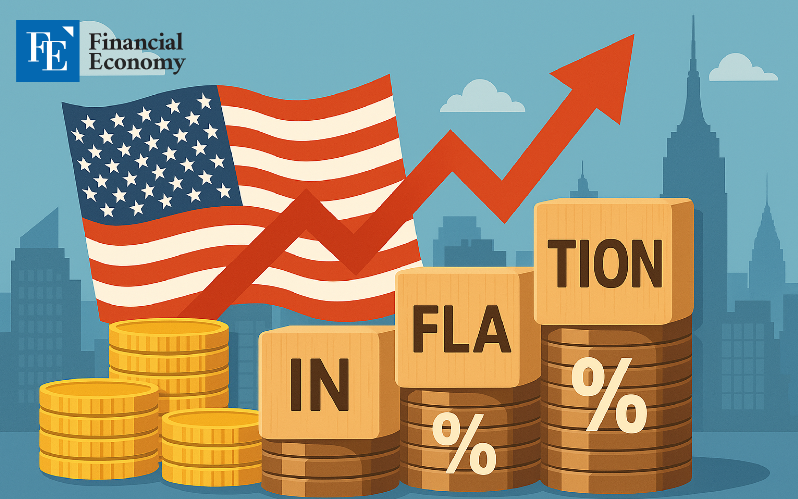
U.S. Businesses Bear the Burden
The Trump administration’s high-tariff strategy, designed to force concessions from China, has brought pain to American companies. As major U.S. firms like Apple and Nike have moved manufacturing operations to low-wage countries such as China and Vietnam, the role of imports in the national economy has steadily grown—from 3.1% of GDP in 1947 to 13.9% in 2024, according to the Federal Reserve Bank of St. Louis.
Tariffs on Chinese goods have made that dependence more expensive. The prices of everyday items—smartphones, furniture, clothing—have surged, directly impacting consumers. Meanwhile, businesses are shouldering increased operational costs, and many small and medium-sized enterprises are now being forced to consider layoffs or cutbacks to survive.
The economic data only reinforce the growing unease. Nomura Securities estimates that the personal consumption expenditures (PCE) inflation rate could nearly double—from 2.5% in February to 4.7% by year’s end. One-year inflation swaps have jumped to 3.5%, the highest level in over three years, according to the Financial Times. And J.P. Morgan has slashed its U.S. growth forecast from 1.3% to -0.3%, a swing that underscores mounting fears of stagflation—the dual threat of economic stagnation and inflation.
A Global Chain Reaction with Heavy Costs
The impact of the trade war extends far beyond U.S. borders. China, whose largest export destination is the United States, faces mounting pressure as well. Already dealing with weak domestic consumption and a collapsing real estate sector, China could see its GDP growth cut by 1.5 to 2 percentage points, according to HSBC analysts, if export volumes continue to fall.
More broadly, the prolonged U.S.-China conflict risks tearing at the fabric of global supply chains and dragging down growth worldwide. Export slowdowns and investment pullbacks are already being observed in multiple countries, suggesting the damage is spreading. While the Trump administration’s combative tactics may deliver short-term leverage, many experts warn they could ultimately impose heavier costs on both the American and global economies.
A Bloomberg scenario model reveals the potential scope of these consequences: if current tariffs remain and countries retaliate at even half the scale, U.S. imports could decline by 30% by 2030. China’s exports to the U.S. could plummet by 85%, while Japan and South Korea may each experience export reductions of more than 50%.
Experts also worry about the lasting effects of redefining tariffs as national security tools. This shift, embraced by both President Trump and his advisers, risks destabilizing global trade norms and injecting persistent uncertainty into international markets. According to the Japan External Trade Organization (JETRO), global GDP could shrink by 0.6% by 2027 due to American tariffs—translating to a loss of $763 billion from a projected $127 trillion global economy. It's a staggering figure that underlines just how far-reaching the consequences of this trade war may become.


